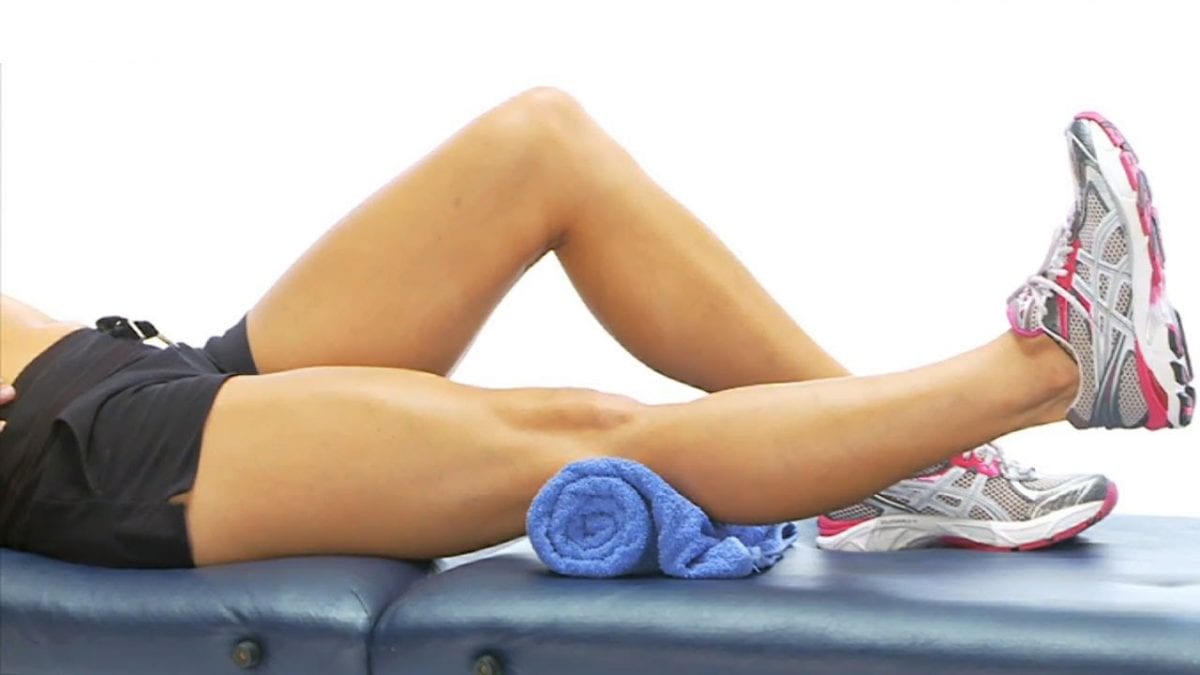A quad strain is an injury to the muscle on the front of your thigh. Your quad is a collective term for the 4 muscles on the front of the femur: Vastus Lateralis, Vastus Medialis, Vastus Intermedius and Rectus Femoris.
The quadriceps main function is to straighten the knee and help the hip into flexion – they are most commonly used with everyday activities such as squatting, walking and in sport, with running and kicking.
A muscle strain is mostly known or defined as the overstretching or tearing of the muscle fibres which leads to damage, dysfunction and pain – you can injure your quads by:
- Overuse / excessive repetition of the quads can cause injury
- Increased force or over contraction outside of the muscle’s usual capability
- Exercising while tired can increase the risk of injury
Quadriceps strains can involve the muscle and/or the tendons dependent on the location of the injury. Muscle will recover in a quicker timeframe than if a tendon is involved.
Symptoms
When suffering a quads strain, pain can be instant – for example, a soccer player kicking a ball and feeling a sharp pain develop in their thigh. You may not feel any pain at the time and develop their symptoms after the activity or sometimes the day after. Typical symptoms of a strain are commonly reported as:
- Pain with movement and to touch
- Swelling / Bruising
- Difficulty with walking/thigh movement
- Loss of power
The level of symptoms reflects the severity of the injury on a graded scale:
- Grade 1: Mild – low pain levels – minimal disruption to function – minimal muscle fibre disruption
- Grade 2: Moderate – medium pain – some loss of function and minimal to moderate disruption to muscle fibres
- Grade 3: Severe – high pain levels and major loss of normal function – major disruption to muscle fibres.
Treatment
Self-treatment of the injury can begin immediately – the quicker the acute management of the injury is started, the better the end result with recovery. Injuries that aren’t managed effectively at an early stage may result in longer recovery and potential increased symptoms.
The P.R.I.C.E principle can be applied to help manage symptoms:
Protection – of the quad from further injury, this may mean removing yourself from the activity/exercise, providing the limb with the support it requires to prevent symptoms worsening. Reducing activity levels for the next 48-72 hours is advised.
Rest – Relative rest can be summarised as rest which allows healing to occur but not total rest which may slow the progress of the healing process. Not doing enough during this stage can slow your progress – think of a low-grade activity such as simple movement exercises, walking or even swimming pool walking to start your rehab with.
Ice – Cold therapy helps to reduce any swelling and bleeds within the tissue. Applying cold to your injury throughout the course of the day with sensible breaks is recommended. Icing is most important within the first 72 hours following muscle injury. Go for 10-15 minutes per application.
Compression – use of an elasticated bandage or sports support helps to provide comfort to the injured area but also acts as an aid to assisting the reduction of swelling and limiting any bleed in the muscle tissue. Compression can help to make simple movement easier in the early stages.
Elevation – is necessary to reduce swelling within the limb as this can then hinder your recovery. Elevate the limb above heart height. This allows for more effective drainage of swelling using gravity. Elevate the thigh within the first 48-72 hours of the injury occurring – elevate past this period if swelling continues.
Rehabilitation Guidance
Don’t stretch the injury in the early phase or massage to the area involving firm pressure which causes discomfort. The muscle is typically sore following injury and could still be bleeding due to disrupted fibres – overstretching or firm/hard pressure to the injured area can cause further aggravation of the injury, which will make it worse.
Over the counter pain relief such as paracetamol and ibuprofen can aid the healing process by reducing pain and inflammation levels. Topical creams/gels can be used such as ibuprofen heat and cold gels.
Rehab exercises will be necessary to promote strength and allow the muscle fibres to recover correctly. This process can begin with simple range of motion exercises when pain allows for the knee and the hip. Taking the knee and the hip through its full range of movement at a slow pace without resistance can help the quads to simply contract and perform movement through range.
Visit a physiotherapist to assess its severity – unless you feel you can manage your recovery independently. Most simple quad strains can be managed with the steps above, relative rest and a slow return to exercise – if not then consider visiting a health professional.
Physiotherapy at Total Health Sports Performance can then help to put a structured plan in place to progress your recovery. In the early stages, there may be some passive treatment options which may help, including massage, acupuncture and taping. Gait re-education should be introduced immediately if required, where people may have developed a limp from the injury. Restoring your gait pattern will help you to have a better foundation for recovery and reduces the chances of you acquiring a secondary problem due to compensation.
As pain reduces you become more physically capable with home exercises, the physiotherapist will progress your rehab in line with your usual activity levels and make it more specific to your goals. Knowing the right times to perform certain exercises and the correct amount of exercise is vital to recovery. Contact Versa Movement Collective in order to help you with your recovery. Doing too much too soon with a muscular injury can result in re-injury.








